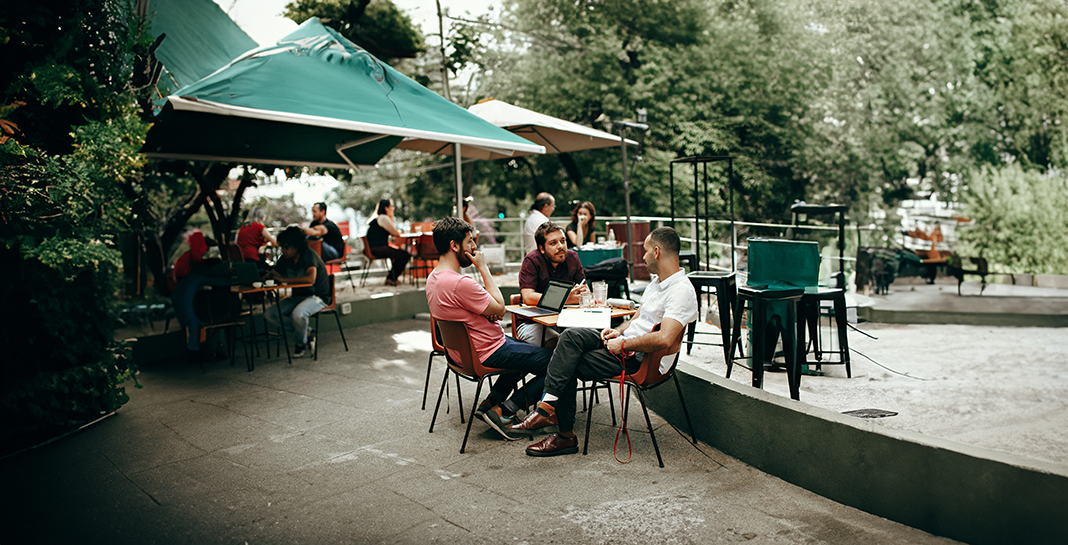Sidewalks: Public or Private Use? Does it matter?
Sidewalks: Public or Private Use - Does it Matter?
Sidewalks are a vital part of the urban environment, often overlooked but playing a crucial role in city life. In this article, we will explore the duality of sidewalks as places of public and private use, analyzing their importance in relation to the concept of "eyes on the street" proposed by Jane Jacobs.
The concept of "eyes on the street" by Jane Jacobs
The "eyes on the street" concept of Jane Jacobs, an influential urban planner, emphasizes the importance of natural surveillance in preventing crime and promoting urban safety. According to Jacobs, a greater presence of people in public spaces such as sidewalks makes for a safer community.
Importance of safety and surveillance
Sidewalk safety is closely linked to the presence of "eyes on the street". An active, well-lit environment deters criminal activity and fosters trust among residents and visitors, strengthening the social fabric.
When businesses use sidewalks as extensions of their premises, they generate more activity in the public space. The presence of customers and employees increases natural surveillance and can help prevent crime.
Although sidewalks are considered public spaces, their maintenance and management often falls to adjacent property owners. This raises questions about the responsibility and ownership of these spaces, as well as the regulations and bylaws governing their use.
Strengthening the Social Fabric
Commercial use of sidewalks not only promotes physical safety, but also strengthens the social fabric by encouraging interaction among community members. People who gather on sidewalks can establish social relationships, creating a sense of belonging and community in the area.
Conclusion
In conclusion, the commercial use of sidewalks can be in line with Jane Jacobs' "eyes on the street" concept. By generating activity and surveillance in public space, these businesses contribute to safer and more vibrant environments, promoting a higher quality of life and well-being for the entire community.
Related projects:
